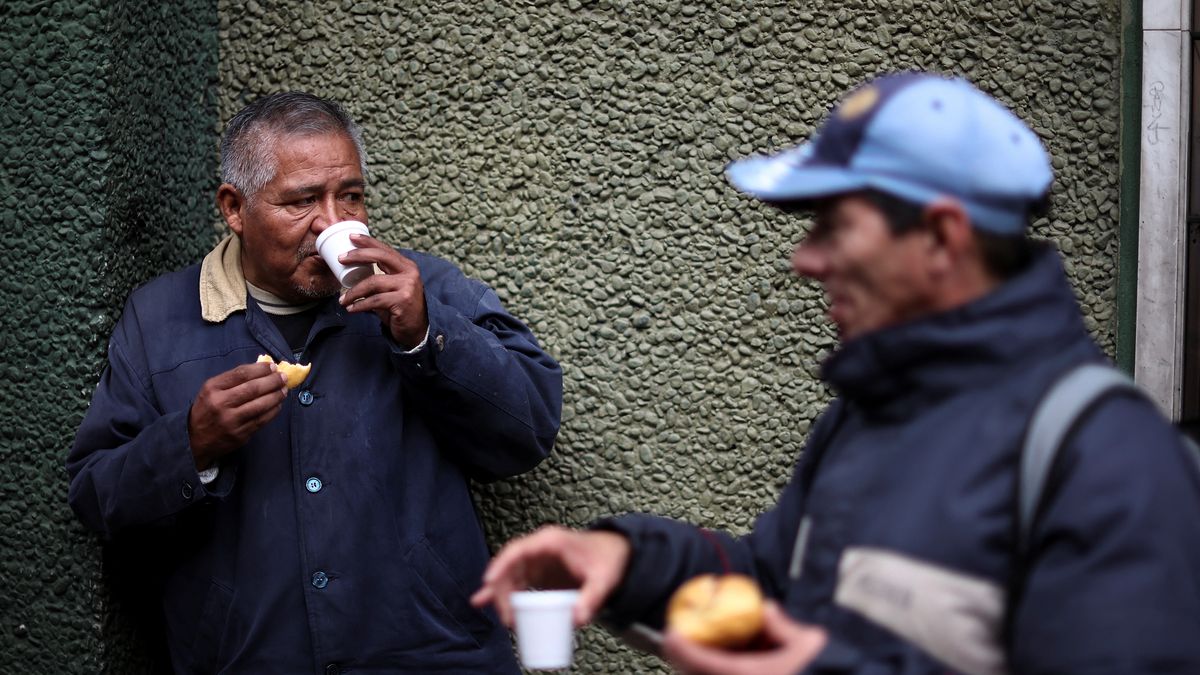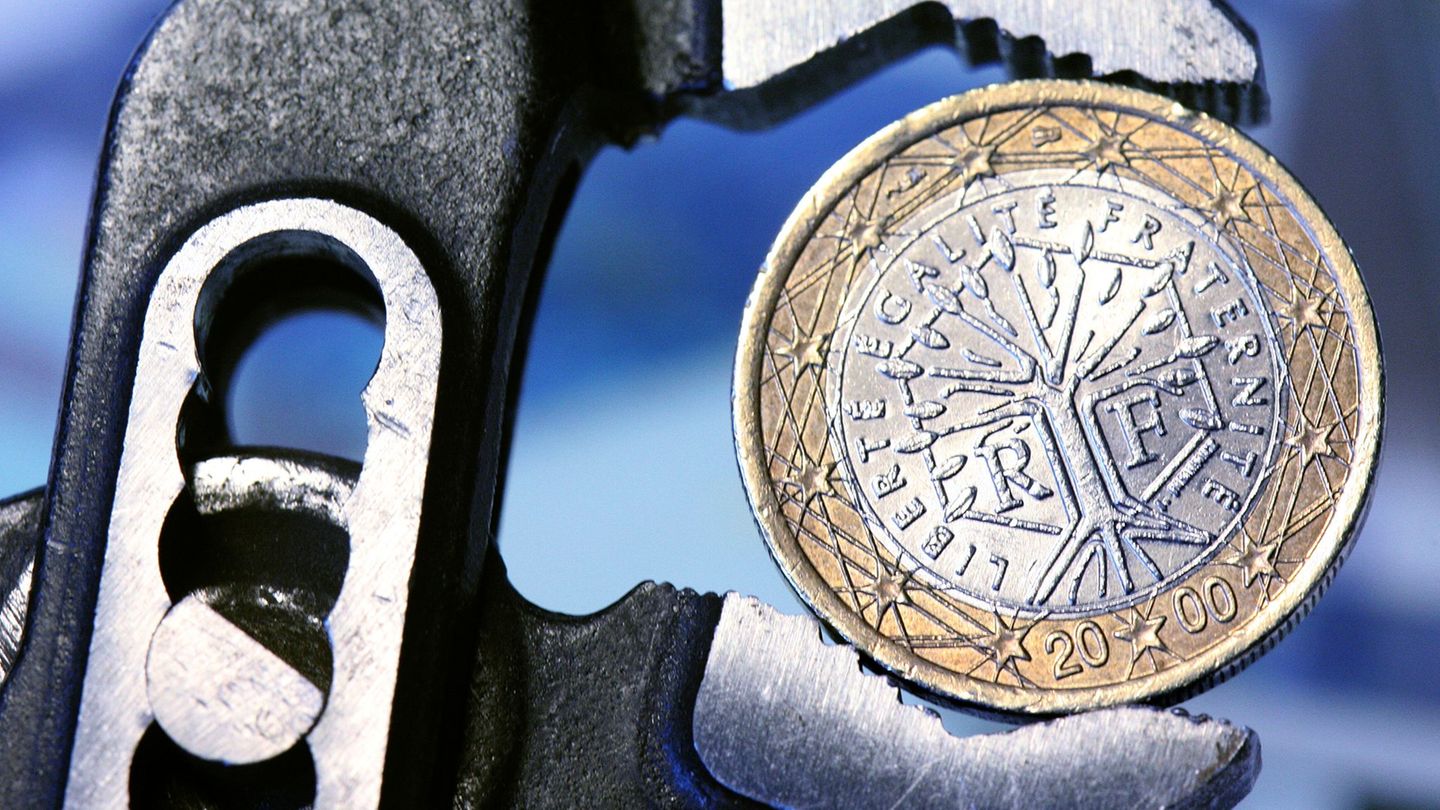There is no good news in economic and financial matters for the government. In Congress, the recent political setbacks (such as the law on retirement mobility that was vetoed, the DNU with the $100 billion from the SIDE and the terrifying visit to Astiz) set off alarms in the markets, due to the political weakness shown. Although the different dollar quotes (blue, MEP and CCL) seem to have stabilized, this calm is barely superficial: the Central Bank (BCRA) continues to intervene actively, avoiding abrupt fluctuations, but further compromising its scarce reserves. This week it sold net foreign currency again.
The content you want to access is exclusive for subscribers.
The fiscal data for July 2024 reflect the deepening of the adjustment in public spending, an adjustment that is rapidly eroding the social consensus around an economic model that bets on disinflation with little or no economic activity. According to the latest report from the Ministry of Economy, capital expenditure on public works has fallen by 79% in real terms in July, which puts the execution of strategic projects for the country at risk. With infrastructure stagnant, the possibility of “opening up to the world” seems a pipe dream, leaving Argentina increasingly behind in terms of regional competitiveness. Can the work linked to the RIGI replace this fall? It does not sound easy, but, even if it succeeds, it would not be works that can spill over into other sectors. The problems are multiplying.


Added to this gloomy outlook is the persistent decline in the economy. GDP continues to decline (the June EMAE represents a cumulative fall excluding agriculture of 6.5% in the interannual semester) and, with it, consumption indicators, such as those of meat and milk, have reached historically low levels. Per capita meat consumption, a key barometer of the well-being of Argentines, is at a low not seen for decades. At the same time, milk consumption, an essential food, reflects an alarming contraction, which shows the deterioration in the basic diet of a large part of the population. This reduction in consumption is not an isolated phenomenon: it is a clear reflection of the loss of purchasing power of households, which are adjusting their consumption habits to cope with the tariff shock.
Inflation, which in July reached 4%, could slow slightly in August, but its impact on daily life has already left deep marks. Lowering inflation does not mean improving income. We should already know this. The increase in rates for essential services such as gas, electricity, water and public transport is devouring workers’ income. For many households, these increases, driven by the government’s need to reduce subsidies and meet the fiscal goals imposed by the libertarian mantra, have meant an unbearable burden. The adjustments in rates are leading to an adjustment in the quality of life of people, who are forced to cut back on their basic consumption in order to pay monthly bills. This situation is deepening social and economic inequality in the country, where more and more families are facing difficulties in making ends meet. It should be noted that the area of the country that is most affected by this situation caused by the national government is the suburban districts in the Province of Buenos Aires.
The three key indicators that the government is closely following, we insist, – inflation, the exchange rate gap and country risk – reflect the internal tensions of the model. The exchange rate gap remains firm, although the recent interventions of the BCRA managed to prevent it from rising even further. However, the most worrying thing is the behavior of the country risk, which shot up above 1,500 basis points (the only variable that had a V-shaped rebound – negative – after a brief stabilization). This indicator is crucial because it reflects the perception of investors about Argentina’s ability to meet its financial obligations, which will be complicated from now until July 2025. A high country risk means higher financing costs for the State and companies, limiting the possibility of new investments, but above all blocking the obsession with getting out of the currency controls without new shocks.
International reserves remain under pressure, with an alarming outlook. Although the BCRA has managed to buy some foreign currency in recent weeks (although not this week), net reserves are at a worrying level of US$3,355 million in the red (or US$5,650 million if Bopreals with short maturities are considered). This critical situation makes the idea of an exit from the exchange rate restriction in the short term impossible. The real economy shows no signs of sustained recovery, and the markets are not taking the signals that could generate sufficient confidence to support a possible relaxation of the restriction. There is no traction from the markets towards investments, nor from concrete activity towards salaries. On the contrary.
Lifting the currency controls? In this context, it is an impossible mission. Without access to external financing, without new foreign currency earnings from exports and with a market that continues to show distrust, freeing the exchange market would not only generate an uncontrolled devaluation, but would also accelerate inflation and capital flight. The BCRA suggested that the levels of monetary stability to lift the currency controls would only be reached in December 2027. The loop seems endless.
The problem is not only temporary, but also structural. Argentina is trapped in a vicious circle of lack of growth, high inflation and market distrust. The fall in public investment in infrastructure is a symptom of a fiscal adjustment to meet the IMF’s goals and the libertarian mantra, but it leaves the country without the capacity for medium-term growth. Without new investments in infrastructure, it is difficult to imagine how the country could improve its competitiveness, leaving all the chips on the RIGI forecast that is still open. The icing on the cake occurred this Tuesday, when the Minister of Economy declared that on September 2, the country tax will be reduced from 17.5% to 7.5%, benefiting imports. Paradoxically, September 2 is the day of industry in our country.
Social consensus is also in crisis. Hit by inflation and falling purchasing power, society is beginning to show signs of exhaustion in the face of an economic model that offers no visible improvements in the short term. The combination of falling meat and milk consumption, together with tariff increases that erode wages, is tightening the quality of life of millions of Argentines. The idea that fiscal adjustment can coexist with sustainable economic growth seems to be increasingly distant. The only option left for the government is disinflation, which could show new declines, but at the cost of a weakened model.
Lic. professor at UBA and Flacso, Fundus researcher.
Source: Ambito
David William is a talented author who has made a name for himself in the world of writing. He is a professional author who writes on a wide range of topics, from general interest to opinion news. David is currently working as a writer at 24 hours worlds where he brings his unique perspective and in-depth research to his articles, making them both informative and engaging.




